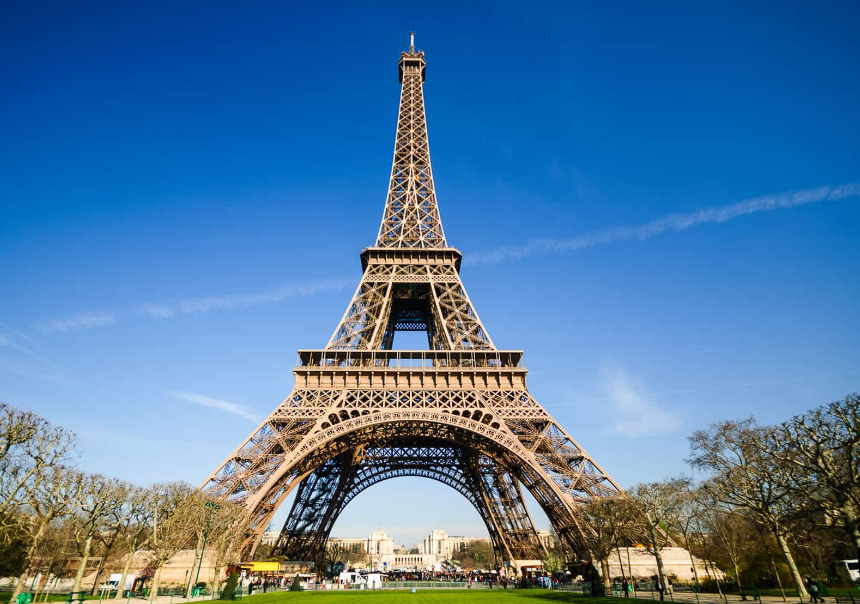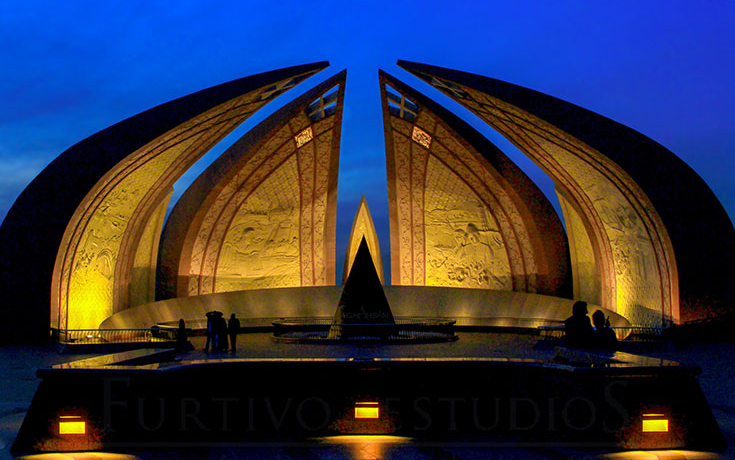Let’s explore Cameroon National Monument. Cameroon, a country located in Central Africa, is known for its rich history, diverse cultures, and breathtaking natural landscapes. One of the prominent landmarks in Cameroon is the Reunification Monument, a symbol of unity and national identity. In this article, we will delve into the history, significance, architecture, and cultural context of this iconic monument.
Cameroon, often referred to as “Africa in miniature,” gained its independence from colonial rule in the 1960s. The Reunification Monument stands as a testament to the country’s struggle for unity and its journey towards independence. Erected in the capital city of Yaoundé, this monument holds immense historical and cultural value for the people of Cameroon.
Significance of the Cameroon National Monument
The Reunification Monument serves as a powerful symbol of the country’s unification after decades of division and colonization. It represents the merging of the British-administered Southern Cameroons and the French-administered Republic of Cameroon, forming the Federal Republic of Cameroon in 1961. This historic event marked a significant milestone in the nation’s history.
Architecture and Design of the Monument
The Reunification Monument’s architecture and design reflect the spirit of unity and strength. Standing at an impressive height, it features two human figures, one male and one female, holding each other in an embrace. This embrace symbolizes the coming together of the different regions and cultures within Cameroon. The monument’s materials, including bronze and concrete, add to its grandeur and durability.
Symbolism and Meaning behind the Monument
The Reunification Monument embodies various symbolic elements. The male figure represents the Republic of Cameroon, while the female figure represents the Southern Cameroons. Their embrace signifies the desire for harmony and the merging of different identities. The monument also incorporates motifs and symbols that represent Cameroon’s rich cultural heritage and natural beauty.
Cultural and Historical Context of Cameroon National Monument
To truly appreciate the significance of the Reunification Monument, it’s crucial to understand its cultural and historical context. Cameroon is home to over 200 ethnic groups, each with its own traditions, languages, and customs. The monument reflects the country’s commitment to preserving and celebrating its diverse cultural tapestry while fostering national unity.
Importance of the Monument to Cameroonians
The Reunification Monument holds deep emotional and historical importance for the people of Cameroon. It serves as a reminder of the struggles and sacrifices made to achieve unity and independence. The monument has become a symbol of national pride, fostering a sense of belonging and shared identity among Cameroonians.
Tourism and Economic Impact
The Reunification Monument has become a significant tourist attraction in Cameroon, drawing visitors from around the world. Its architectural beauty and historical significance make it a must-visit destination for travelers. This influx of tourism has had a positive economic impact, contributing to local businesses and the overall development of the region.
Maintenance and Conservation of the Cameroon National Monument
To ensure the longevity of the Reunification Monument, proper maintenance and conservation efforts are essential. The government of Cameroon has taken steps to preserve this cultural landmark, including regular inspections, repairs, and the implementation of protective measures. Additionally, awareness campaigns and community involvement play a vital role in maintaining the monument’s integrity.
Events and Celebrations at the Reunification Monument
The Reunification Monument serves as a venue for various events and celebrations throughout the year. National holidays, cultural festivals, and historical commemorations are often held at the monument, further emphasizing its role as a symbol of unity and pride. These gatherings bring people together, fostering a sense of camaraderie and shared experiences.
Impact on National Identity and Unity
The Reunification Monument has played a crucial role in shaping Cameroon’s national identity and fostering a sense of unity among its diverse population. It stands as a constant reminder of the country’s journey towards independence and the importance of cultural diversity within a unified nation. The monument serves as a unifying force, promoting understanding and tolerance among Cameroonians.
Controversies and Debates Surrounding the Cameroon National Monument
Like many iconic landmarks, the Reunification Monument has not been without controversies and debates. Some critics argue that the monument does not adequately represent all regions and cultures within Cameroon. Others question the allocation of resources towards its maintenance, suggesting alternative ways to celebrate national unity. These debates highlight the ongoing dialogue surrounding the monument’s significance and its role in Cameroon’s evolving identity.
Similar Monuments around the World
The concept of monuments representing unity and national identity can be found in various countries around the world. Monuments such as the Statue of Liberty in the United States, the Brandenburg Gate in Germany, and the Gateway of India in India all embody similar values of unity, freedom, and historical significance.
Future Plans and Developments
As Cameroon continues to grow and evolve, plans for the future development of the Reunification Monument are being discussed. These plans aim to enhance the monument’s accessibility, improve visitor experiences, and ensure its continued relevance in the years to come. The government, in collaboration with local communities and stakeholders, seeks to create a lasting legacy for future generations.
Conclusion
The Reunification Monument in Cameroon stands as a powerful symbol of unity, resilience, and national identity. Its architecture, design, and historical significance make it a remarkable cultural landmark. As Cameroonians continue to embrace their diverse heritage while striving for a unified nation, the Reunification Monument will remain a beacon of hope, reminding them of their shared history and aspirations.
FAQs
- Can visitors climb the Reunification Monument?
No, climbing the Reunification Monument is not permitted for safety and preservation reasons. Visitors can appreciate its beauty and significance from the ground.
- Are there any guided tours available at the Reunification Monument?
Yes, guided tours are available at the Reunification Monument, offering visitors insights into its history, architecture, and symbolism.
- Is photography allowed at the Reunification Monument?
Yes, visitors are generally allowed to take photographs of the Reunification Monument. However, it’s advisable to respect any signage or instructions regarding photography restrictions.
- Are there any nearby attractions or landmarks worth visiting alongside the Reunification Monument?
Yes, the Reunification Monument is located in Yaoundé, which offers various other attractions, including the National Museum, Mefou National Park, and the Craft Market.
- Is there an admission fee to visit the Reunification Monument?
As of the last update, there is no admission fee to visit the Reunification Monument. However, it’s advisable to check for any changes or updates before your visit.
References
- UNWTO. (2021). Cameroon: World Tourism Organization. Retrieved from https://www.unwto.org/country/cameroon
- Africa.com. (n.d.). Cameroon: Culture, History, and People. Retrieved from https://www.africa.com/cameroon-culture-history-and-people/
- Balafoutas, L. (2018). Cameroon: A Historical Perspective. Retrieved from https://www.verywellmind.com/cameroon-a-historical-perspective-5085524

